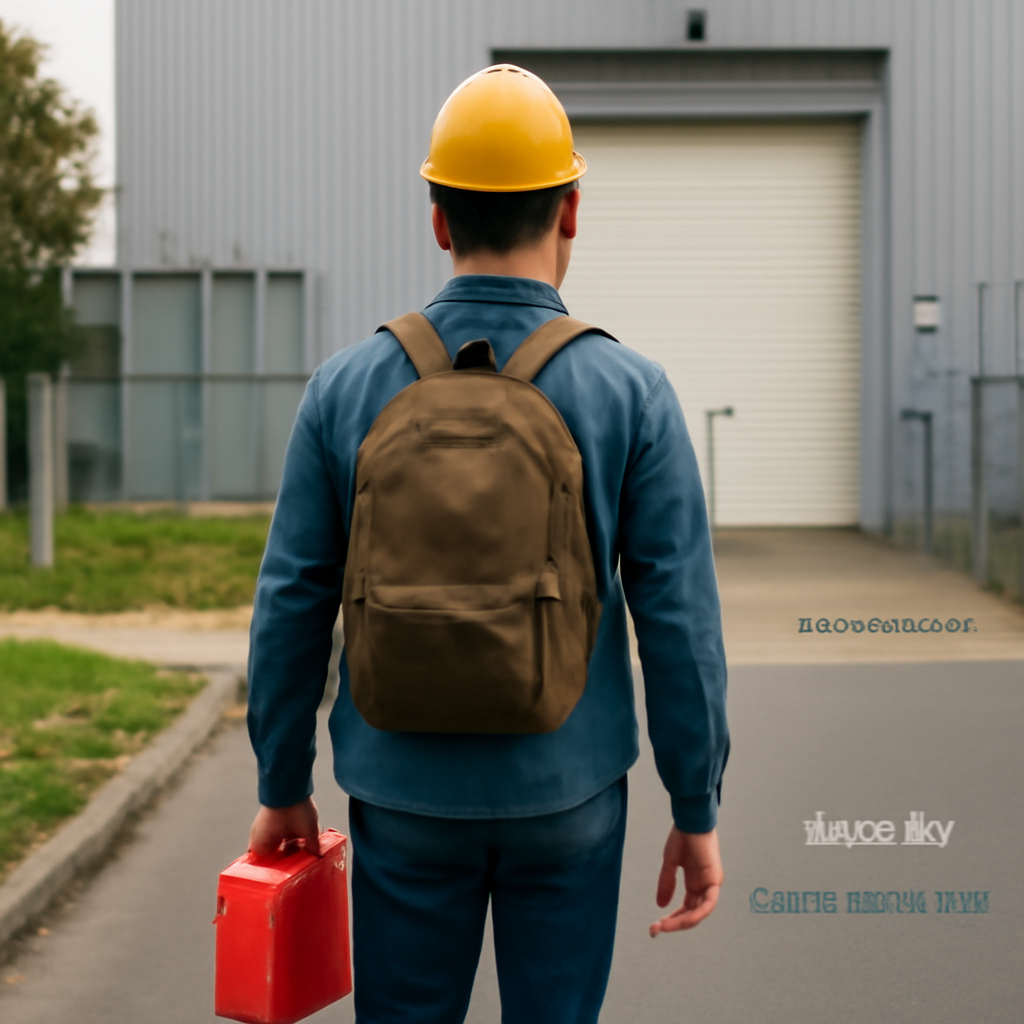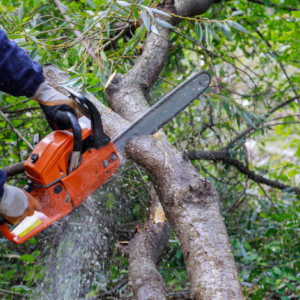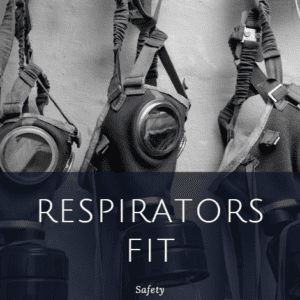
Workplace Accident Prevention: Key Strategies for a Safe and Productive Environment
Workplace safety is a critical aspect of any business, especially in construction, where the risk of accidents is higher due to the nature of the work. Effective safety measures not only protect workers from harm but also improve productivity, morale, and overall job satisfaction. One of the most essential elements of accident prevention is maintaining proper housekeeping in the workplace.
The Importance of Good Housekeeping
Good housekeeping is fundamental to creating a safe and organized work environment. It goes beyond merely cleaning up at the end of the day. A clean and organized workspace ensures that hazards are minimized, accidents are reduced, and productivity is maximized. Here are some reasons why maintaining good housekeeping is crucial for accident prevention:
- Prevents Injuries: Proper cleaning and organization help prevent minor injuries such as cuts, splinters, and punctures. For example, removing waste wood with nails protruding or bending nails ensures that workers do not step on or handle dangerous materials.
- Reduces Risk of Serious Accidents: Hazards like slippery surfaces, trips, falls, and fires are minimized when materials are stored correctly and spills are cleaned up immediately.
- Improves Efficiency: A well-organized worksite allows for a smoother flow of materials and workers, reducing time spent searching for tools or navigating through cluttered spaces.
- Enhances Compliance: Regularly maintaining cleanliness reduces the risk of non-compliance with safety regulations and minimizes the chances of a compliance inspection failure.
General Housekeeping Guidelines
To ensure that all workers follow proper safety practices, here are some general housekeeping rules that should be implemented and followed:
- Proper Waste Management:
- Separate waste materials like wood with protruding nails from other waste to avoid injuries.
- Bend nails or remove them from wood before disposal.
- Stack waste materials neatly and away from active work areas.
- Work Area Organization:
- Keep hallways, stairs, and sidewalks clean and free of debris to prevent trips and falls.
- Store tools and materials only in designated areas to avoid clutter and confusion.
- Ensure that trash cans are placed in accessible locations, especially near food waste disposal areas.
- Proper Storage and Handling of Tools and Equipment:
- Store tools and equipment neatly, ensuring they are easily accessible to workers and do not pose a tripping hazard.
- Prevent extension cords and air compressor hoses from crossing walkways or sidewalks. If necessary, run them overhead to prevent tripping.
- Cleanliness and Waste Removal:
- Prevent litter and dirt from accumulating on the worksite. Make it a point to clean up at regular intervals throughout the day, not just at the end of the shift.
- Special Considerations for High-Risk Areas:
- When performing tasks like tearing down walls or removing materials from a structure, ensure the area is protected from debris or falling objects. Materials should never be dropped unless the surrounding area is properly secured.
Additional Safety Practices for Construction Sites
In addition to maintaining a clean and organized workspace, there are other practices that construction companies can implement to further reduce the risk of accidents:
- Safety Training and Awareness: Ensure that all workers receive proper safety training, including how to handle materials, use equipment safely, and follow emergency procedures.
- Use of Personal Protective Equipment (PPE): Encourage or mandate the use of PPE such as gloves, hard hats, safety goggles, and high-visibility clothing, depending on the nature of the work.
- Regular Inspections: Conduct regular safety inspections to identify potential hazards, from faulty equipment to hazardous materials, and address them before accidents occur.
- Clear Signage: Post clear safety signs indicating hazard areas, such as “wet floor,” “no entry,” or “high voltage,” to warn workers of potential dangers.
Conclusion
Accident prevention should be a top priority in any workplace, especially in construction, where the risk of injury is significantly higher. Implementing good housekeeping practices is an essential part of this strategy. By maintaining a clean, organized, and safe work environment, companies can protect their workers, improve productivity, and ensure compliance with safety regulations. Effective housekeeping, combined with ongoing safety training and awareness, will create a safer, more efficient worksite and prevent costly accidents and injuries.



0 Comentários